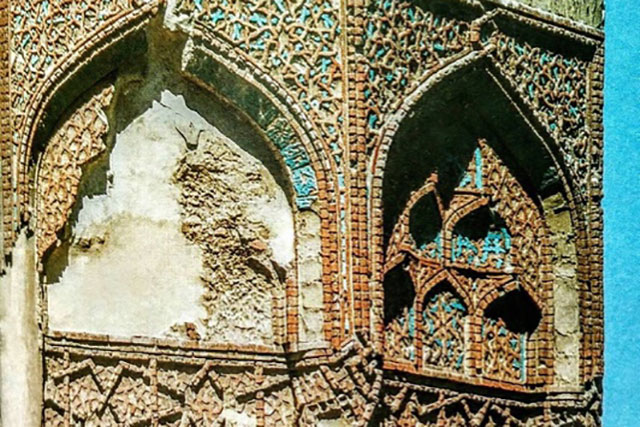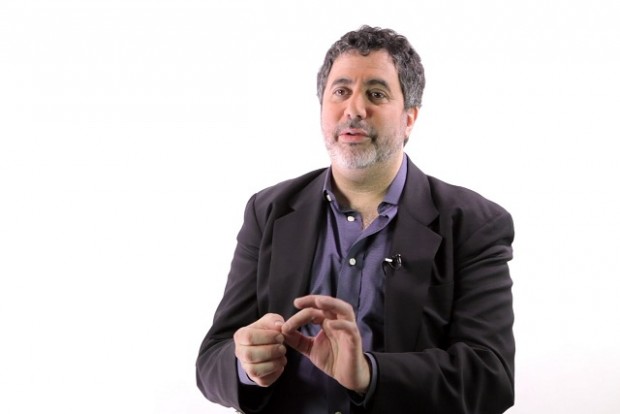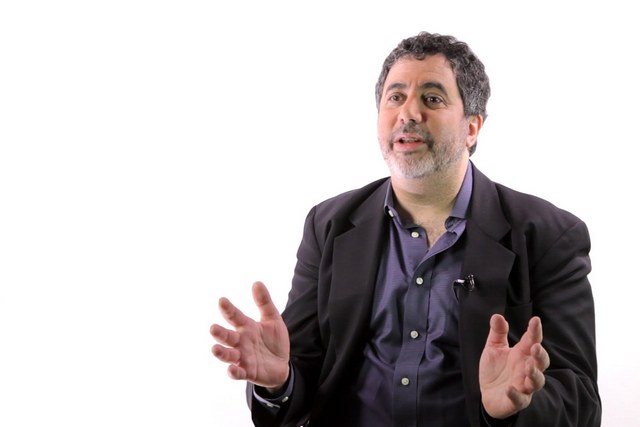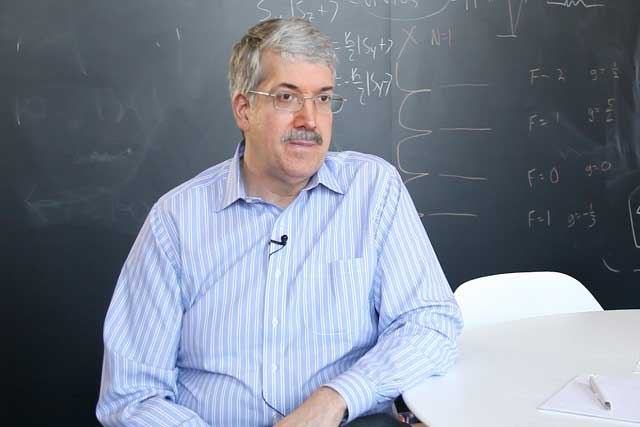Mausoleum Gonbad-e Qābus
Chemist Artem Oganov on Penrose’s patent, quasicrystals and connection between art, mathematics and chemistry
WTFact | September 13, 2016

What it is
Gonbad-e Qābus (Blue Tower Mausoleum) was built by Seljuk Turks in 1196-1197 at the southwest of Iran. Bizarre geometric pattern brought scientists’ attention to this tower.
What scientists think about it
This is the earliest example of non-periodic pattern with fivefold symmetry and the long-range order. Until recent times, it was thought that these patterns were invented by famous British mathematician Roger Penrose in 1974. Penrose’s insight was considered genius, as later in 1982, Israeli scientist Dan Shechtman discovered quasicrystals, the structure of which is described by Penrose mosaics. All of the known quasicrystals (several hundred) are alloys by their nature, originally synthetic. In 2009, a first natural quasicrystal, named ‘icosahedron’ was found in Chukotka.
Penrose had patented his mosaics and in 1997 he won a lawsuit against Kleenex company, which produced a toilet paper with Penrose mosaic stamping. At that time, patterns of Blue Tower were not widely known, otherwise Penrose would not be able to patent his mosaic and win the court case. Nowadays, quite many examples of such quasicrystal patterns are known, and they were made by Islamist artist in Medieval.
Why one should know about it
The history of Blue tower, Penrose mosaics and quasicrystals shows the unexpected connection between art, mathematics and chemistry.This story also demonstrates that modern science deals with many unsolved fundamental questions.






























